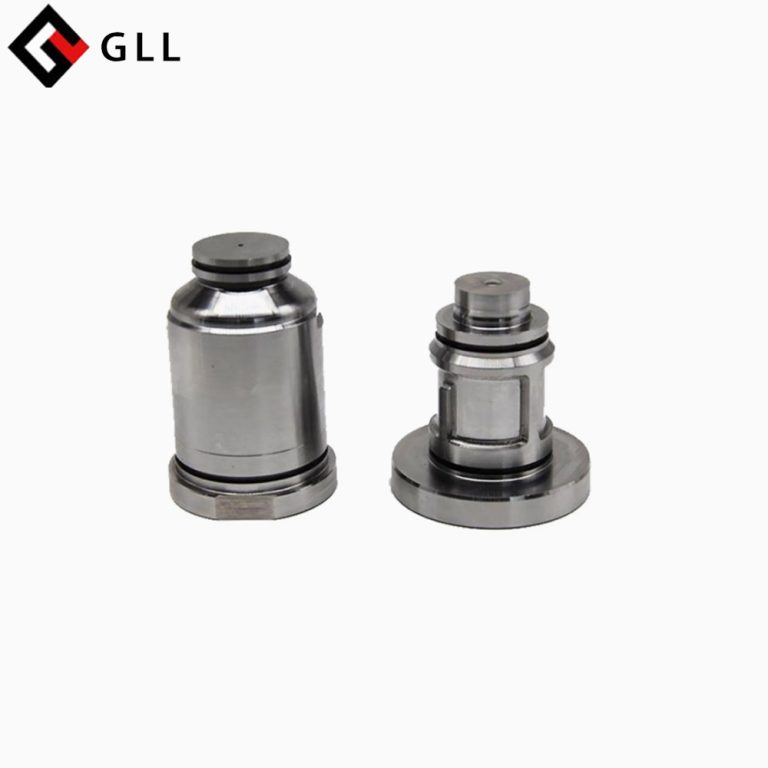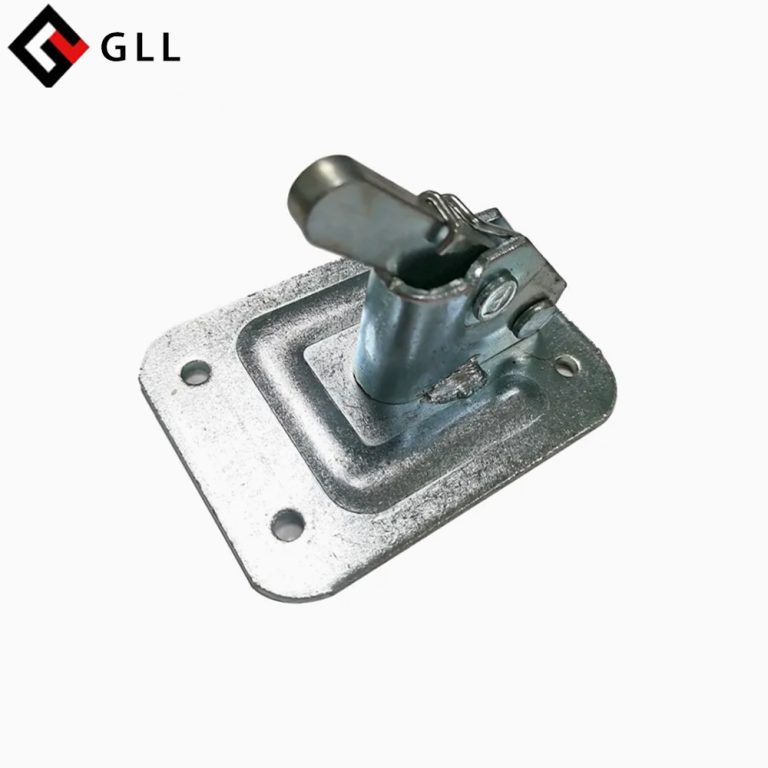Die casting is a manufacturing process that has been used for decades to produce high-quality metal components for a wide range of industries. In recent years, die casting has become an increasingly popular method for producing modern appliances. Die casting offers a number of advantages over other manufacturing processes, including speed, accuracy, and cost-effectiveness. In this article, we will explore the benefits of die casting for modern appliances.
Speed
One of the biggest advantages of die casting is its speed. Die casting machines can produce large quantities of parts quickly and efficiently. This is especially important for modern appliances, where manufacturers need to produce a large number of identical parts in a short amount of time. Die casting machines can produce parts at a rate of up to 600 parts per hour, which is much faster than other manufacturing processes.
Accuracy
Die casting also offers exceptional precision. The molds used in die casting are designed to produce parts with extremely tight tolerances. This means that parts produced by die casting are highly accurate and consistent. This is important for modern appliances, which require parts to fit together perfectly and function seamlessly. With die casting, manufacturers can produce high-quality, precise parts every time.
Cost-Effectiveness
Die casting is also a cost-effective manufacturing process. While the initial investment in die casting equipment can be significant, the cost per part is relatively low. This is because die casting machines can produce large quantities of parts quickly and efficiently, which reduces the cost of production. Additionally, die casting molds can be used for thousands of parts, which further reduces the cost per part.
Versatility
Die casting is a versatile manufacturing process that can be used to produce a wide range of parts for modern appliances. Die casting can produce parts in a variety of shapes and sizes, and can be used to produce parts from a range of metals, including aluminum, zinc, and magnesium. This makes die casting an ideal manufacturing process for modern appliances, which often require parts with complex shapes and unique properties.
From my point of view, die casting is a highly effective manufacturing process for modern appliances. It offers speed, accuracy, cost-effectiveness, and versatility, making it an ideal choice for manufacturers looking to produce high-quality parts in large quantities. With die casting, manufacturers can produce parts that meet the high standards of modern appliances, ensuring that these products function seamlessly and reliably.



